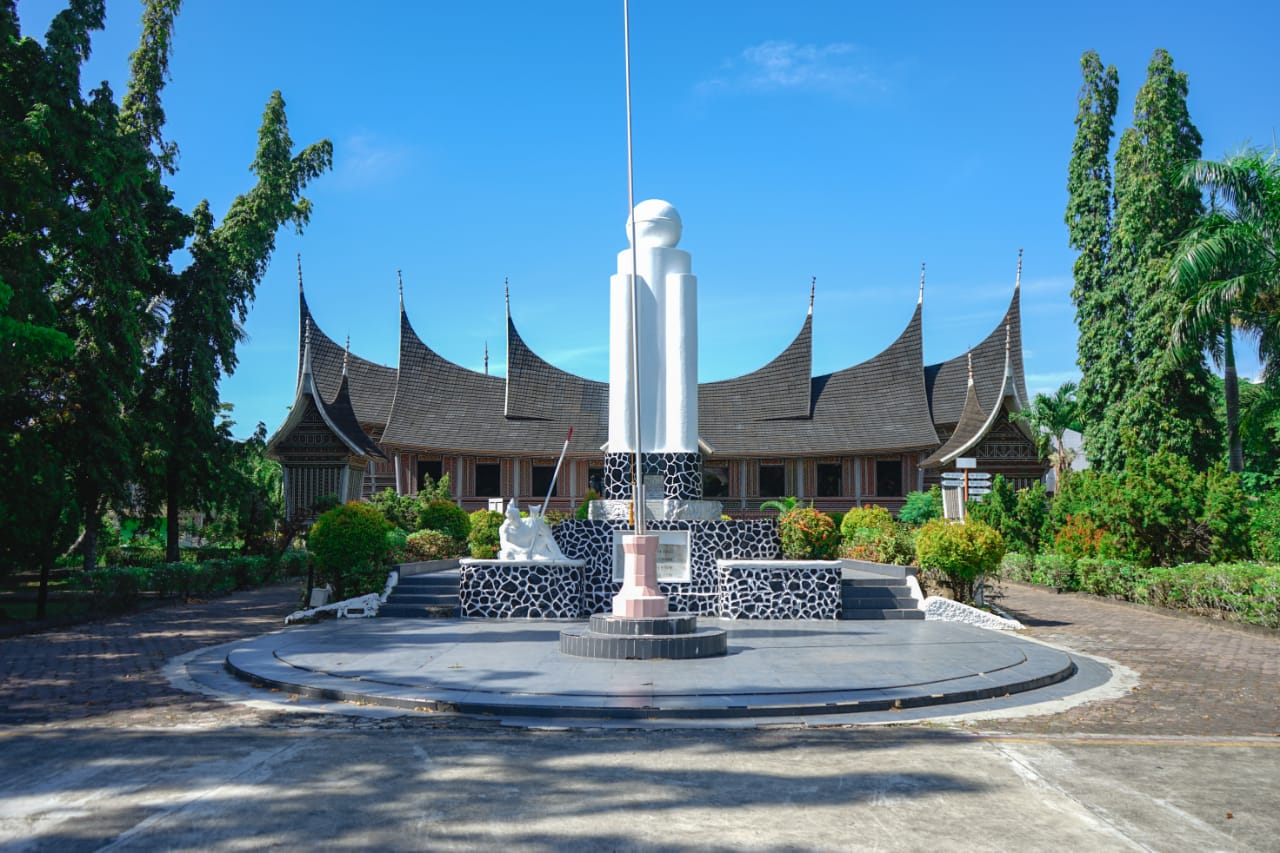Located in the Java Sea, approximately 83 kilometers from the northern coast of Jepara, Karimunjawa Island is one of Indonesia's exotic marine tourism destinations. Known as the "Caribbean of Java," this archipelago offers the charm of white sandy beaches, crystal clear waters, and diverse marine life. Karimunjawa is a perfect destination for snorkeling and diving enthusiasts, and those seeking to experience the beauty of pristine tropical nature. Karimunjawa consists of 27 small islands, of which only a few are inhabited, while most are uninhabited, surrounded by crystal clear waters. This makes Karimunjawa a favorite destination for snorkeling, diving, and enjoying the beauty of the beaches. Karimunjawa has been designated a National Park by the Jepara government since March 15, 2001. Karimunjawa is home to coral reefs, mangroves, coastal forests, and nearly 400 species of marine life, including 242 species of ornamental fish. Wonderful Indonesia: Some of the rare fauna...
In addition to its natural and culinary attractions, West Sumatra also has several educational and cultural attractions that are also worth visiting. Of the many educational attractions, the Adityawarman Museum is the main reference that you must visit.
Adityawarman Museum is located at Jalan Diponegoro No. 10, Belakang Tangsi Village, Padang Barat Subdistrict, Padang City. Standing in the middle of 2.6 hectares of land, the museum with a building area of around 2,855 square meters was built by taking architectural inspiration from bagonjong houses or Gadang houses which are characteristic of traditional Minangkabau architectural styles.
The bagonjong house itself is a house on stilts with a roof that mimics the shape of stacked buffalo horns. The number of gonjongs on the roof of this museum itself totals seven shoots.
The museum was built in 1974, as a center for the preservation of historical objects that include Minangkabau cultural heritage, Mentawai cultural heritage, and in general the cultural heritage of the archipelago. The inauguration itself was held on March 16, 1977, by the then Minister of Education and Culture, Prof. Dr. Sjarif Thayeb.
On May 28, 1979, the museum was officially named 'Adityawarman'. The museum was named after one of the kings who ruled Minangkabau between 1347-1375 AD. In the historical review, King Adityawarman was one of the Minangkabau kings who came from the Majapahit royal line.
King Adityawarman himself is thought to have ruled in the same era as the historical period when Gajah Mada served as Mahapatih (1334-1364 AD).
The museum has quite diverse historical references on various aspects of Minangkabau and West Sumatra culture. There are more than 6000 collections of cultural relics, which are divided into 10 collection categories.
The collection categories are Geology/Geography, Biology, Ethnography, Archaeology, History, Numismatics/Heraldics, Philology, Ceramics, Fine Arts, and Technology.
Among these collections are collections of traditional types of jewelry, fashion trinkets, musical instruments, replicas of typical culinary offerings in various traditional ceremonies, and various tools used in the daily life of traditional Minangkabau people.



Comments